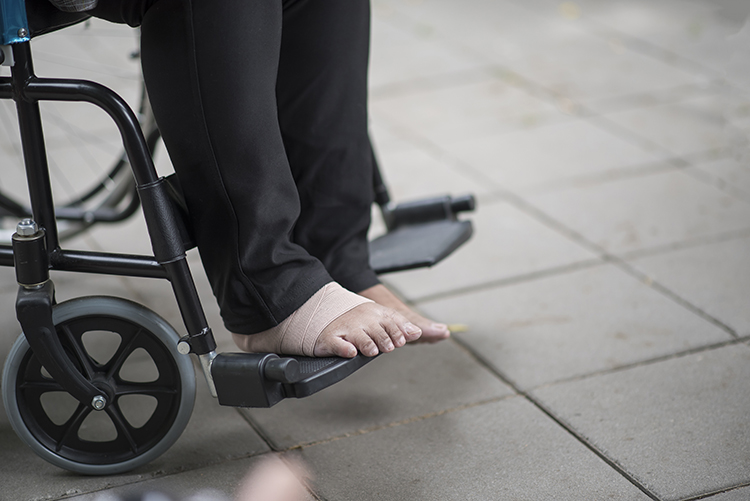Introduction
Falls are one of the most common causes of injury, especially for older adults and individuals recovering from illness or surgery. But many falls are preventable—with the right adjustments, your home can become a safer, more supportive space for healing and daily life.
Why Falls Are a Serious Concern
A single fall can lead to fractures, head injuries, or long hospital stays—particularly for people with fragile bones or reduced balance. Beyond physical injury, falls can also cause fear and reduce independence.
Common risk factors include:
- Muscle weakness or joint stiffness
- Poor vision or hearing
- Dizziness or medication side effects
- Cluttered walkways or slippery surfaces
- Low lighting
- Difficulty with balance or walking
Your Home Fall-Prevention Checklist
Flooring & Walkways
- Keep floors clear of clutter, loose rugs, or cords
- Repair uneven tiles, torn carpets, or broken steps
- Use non-slip mats, especially in bathrooms and kitchens
- Avoid slippery socks—wear non-skid slippers or shoes indoors
Lighting
- Install bright lights in hallways, bathrooms, and stairways
- Use nightlights in bedrooms and bathrooms
- Keep flashlights nearby in case of power outages
Bathrooms
- Install grab bars next to the toilet and inside the shower
- Use a shower chair or handheld showerhead if needed
- Place non-slip mats inside and outside the bathtub
- Consider a raised toilet seat for easier access
Furniture & Layout
- Arrange furniture to create wide, clear walking paths
- Avoid chairs or sofas that are too low or unstable
- Make sure commonly used items are within easy reach
Stairs
- Use sturdy railings on both sides
- Ensure steps are well-lit and clearly marked
- Add non-slip strips or carpet treads for better grip
Mobility Aids
- Use canes, walkers, or rollators as recommended
- Have assistive devices fitted properly for your height
- Don’t rush—move slowly, especially after standing up
Other Safety Tips
- Keep emergency numbers visible or saved on speed dial
- Consider a medical alert system if you live alone
- Review medications regularly with a healthcare provider
- Have your vision and hearing checked annually
Conclusion
Making small changes in your home can prevent major injuries. Safety begins with awareness—and every fall prevented is a step toward independence and peace of mind.
Hospitals often include fall prevention education as part of recovery planning, helping patients return home safely and confidently.

